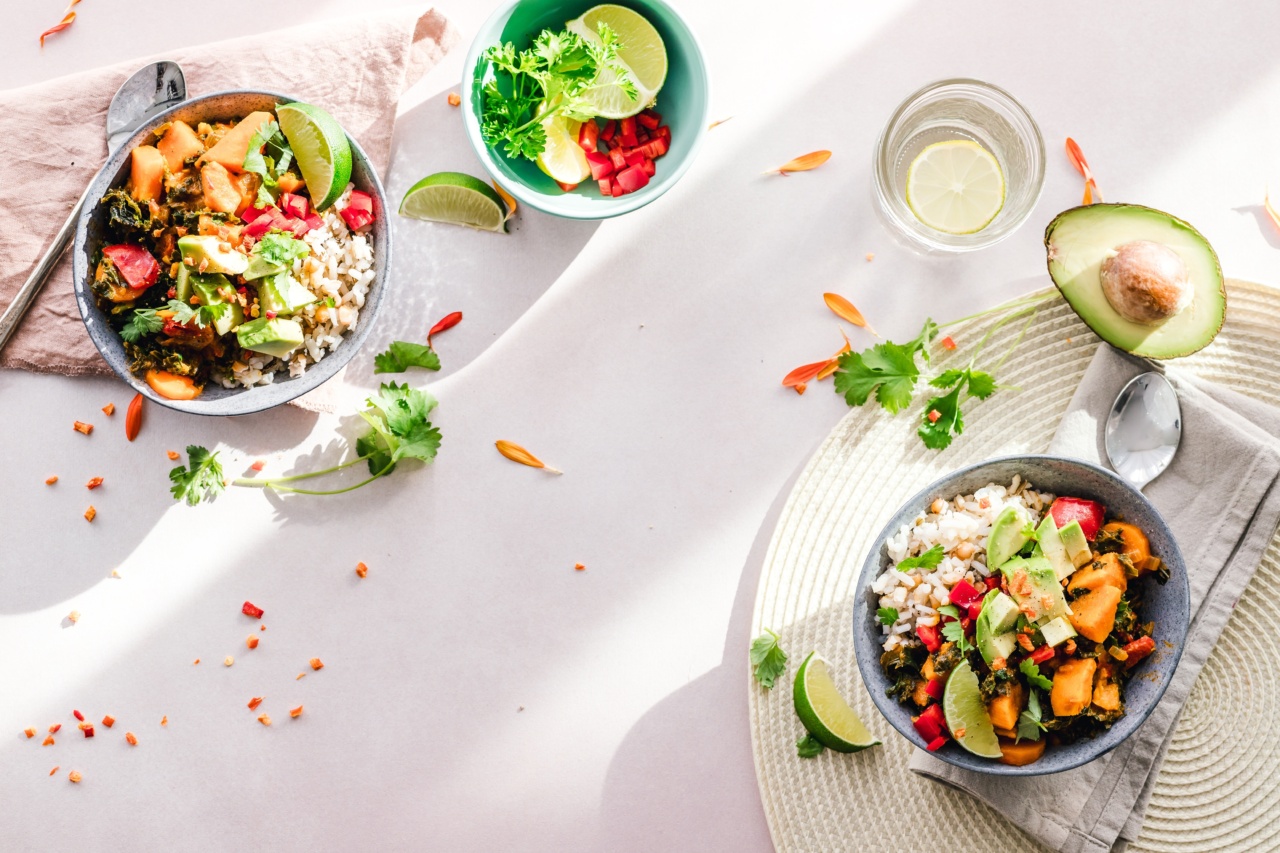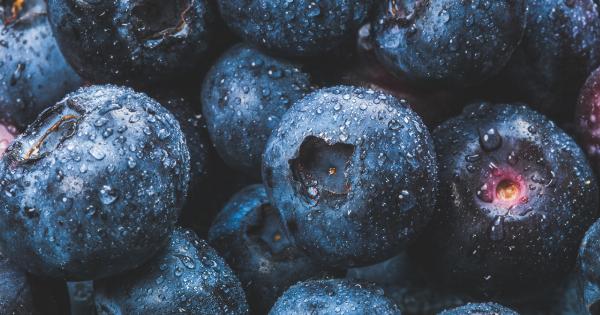If you thoroughly enjoyed the Thanksgiving feast and are feeling guilty about all those extra calories you consumed, fret not.
It’s common to indulge in scrumptious meals on this special occasion, but now it’s time to reset and get back on track with your health and fitness goals. Here are some post-Thanksgiving diet tips to help you recover from the indulgence and maintain a healthy lifestyle.
1. Don’t Skip Meals
After a heavy meal, it may be tempting to skip breakfast or lunch the next day. However, this can do more harm than good. Skipping meals can lead to overeating later on and may disrupt your metabolism.
Instead, focus on eating balanced meals with plenty of fruits, vegetables, lean proteins, and whole grains to stay satiated and energized throughout the day.
2. Hydrate, Hydrate, Hydrate
Water plays a crucial role in maintaining overall health and aiding digestion. After a day of indulgence, it’s essential to flush out toxins and rehydrate your body.
Make sure to drink plenty of water throughout the day to stay hydrated and promote healthy digestion.
3. Prioritize Fiber-rich Foods
Fiber is your best friend when it comes to post-Thanksgiving recovery. Incorporate fiber-rich foods such as vegetables, fruits, legumes, and whole grains into your meals.
Fiber not only helps regulate your digestive system but also keeps you feeling full for longer, preventing unnecessary snacking.
4. Stick to Portion Control
Thanksgiving meals often involve large portions, and it’s easy to lose track of your eating habits during the celebration. However, it’s important to get back to portion control after the feast.
Use smaller plates, measure your food portions, and be mindful of your hunger and fullness cues. This can help you avoid overeating and make healthier choices.
5. Get Moving
Physical activity can do wonders for your post-Thanksgiving recovery. Engage in activities you enjoy, such as walking, jogging, cycling, or dancing. Exercise helps boost your metabolism, burn calories, and improve your overall mood.
Aim for at least 30 minutes of moderate-intensity exercise each day to kickstart your metabolism and get back into the routine.
6. Plan Balanced Meals
After indulging in rich foods, it’s important to focus on balanced meals that provide essential nutrients without excess calories.
Incorporate lean proteins like chicken, fish, tofu, or beans, along with an assortment of colorful vegetables and whole grains. Planning your meals in advance can help you make healthier choices and stick to your post-Thanksgiving diet plan.
7. Don’t Stockpile Leftovers
Leftovers can be tempting, but they can also be your downfall when trying to maintain a healthy diet. If you have a surplus of Thanksgiving goodies, consider donating them or sharing them with others.
Keeping these calorie-laden treats in your kitchen may lead to mindless snacking and derail your progress.
8. Opt for Lighter Cooking Methods
When preparing meals after Thanksgiving, opt for lighter cooking methods like grilling, baking, or steaming. These methods use less oil and fats compared to frying or sautéing.
Lightening up your cooking techniques can help decrease calorie intake while still enjoying delicious and nutritious meals.
9. Savor the Flavors
It’s easy to rush through your meals, especially during the holiday season. Take the time to savor the flavors and textures of your food.
Eating mindfully allows you to enjoy each bite, recognize your body’s fullness cues, and prevent overeating. Slow down, chew your food thoroughly, and appreciate the nourishment on your plate.
10. Practice Self-Compassion
Lastly, and most importantly, show yourself some compassion. A single day of indulgence should not define your overall progress. Be kind to yourself, acknowledge your choices, and move forward.
Instead of dwelling on any feelings of guilt, focus on nourishing your body with wholesome foods and engaging in regular physical activity. Remember that maintaining a healthy lifestyle is a long-term journey.






























